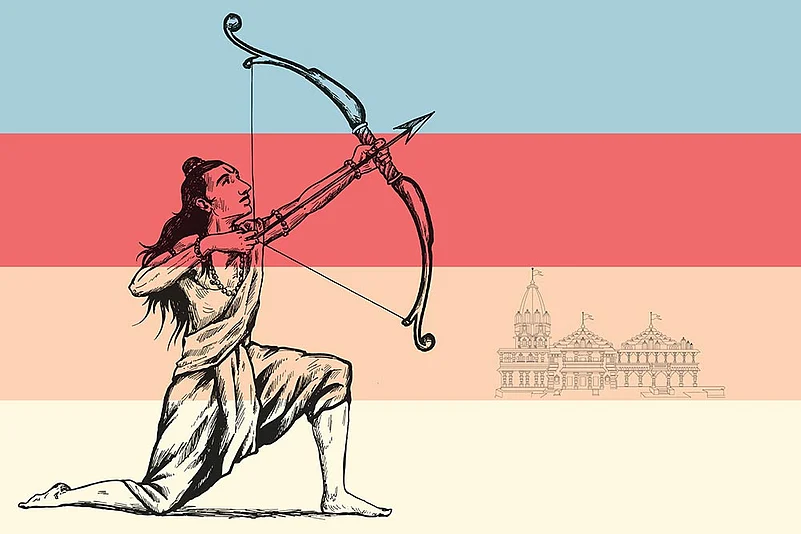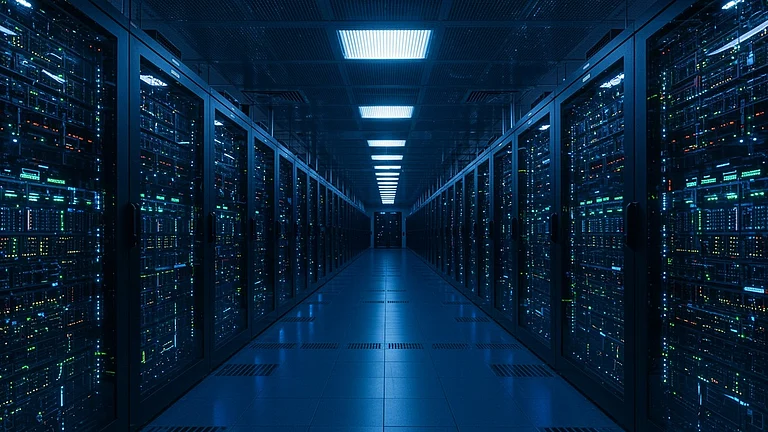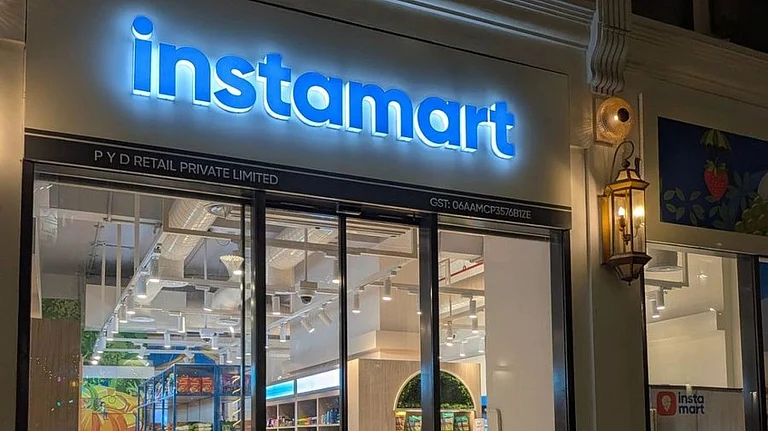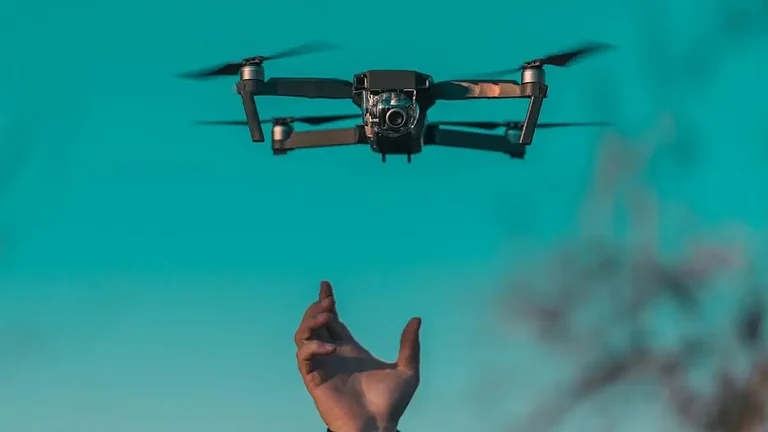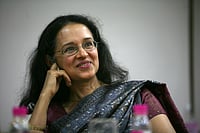In December 2021, Prime Minister Narendra Modi inaugurated the Kashi Vishwanath corridor, connecting the Kashi Vishwanath temple to the adjacent Ganga river. The sprawling corridor, spanning over five lakh square feet and constructed at a cost of Rs 339 crore, houses 23 buildings, including a tourist facilitation centre, city museum and viewing gallery among others. Ten months later, in October 2022, Modi inaugurated the magnificent Mahakal Lok corridor in Ujjain, which was constructed at an estimated cost of Rs 860 crore.
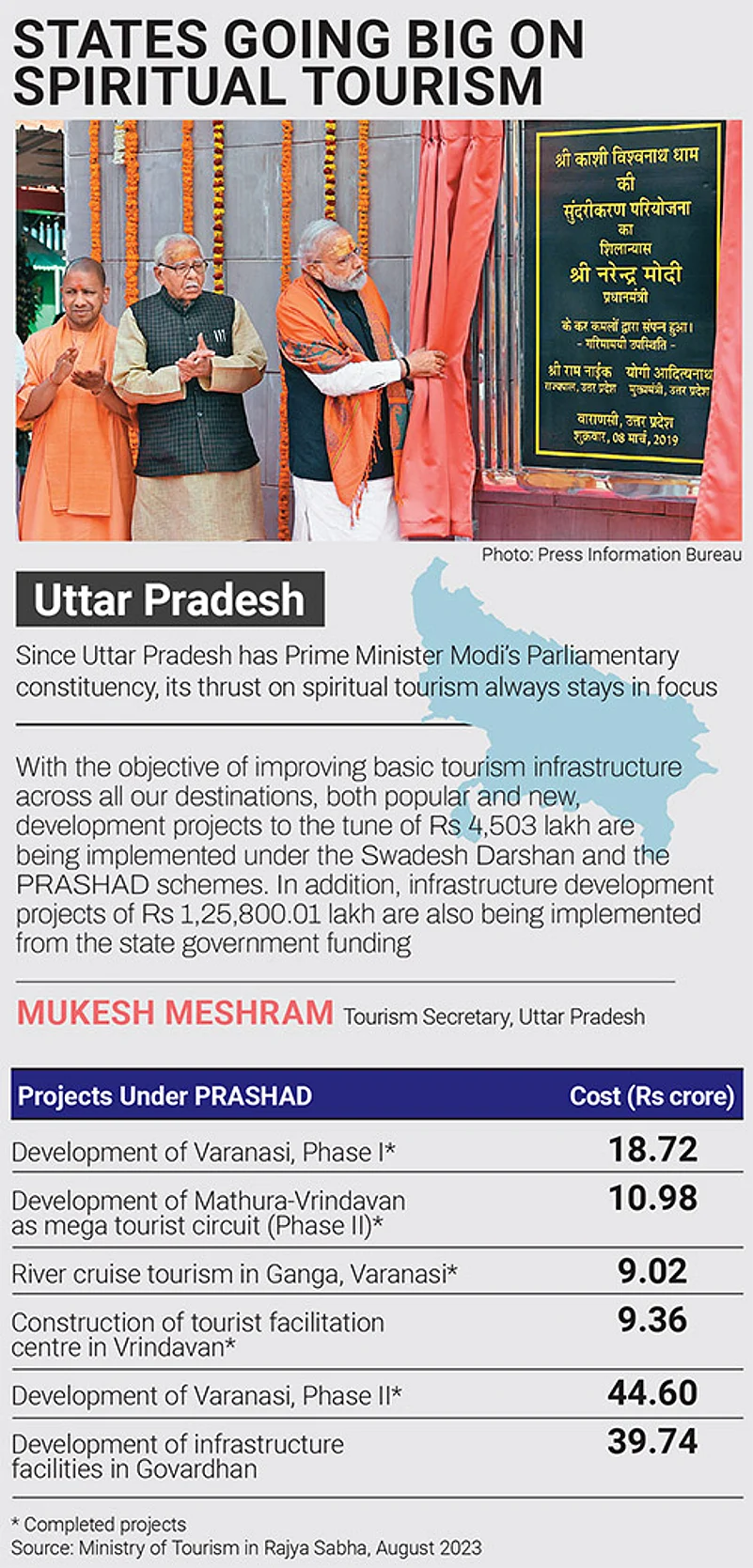
These two corridors hold the story of the government’s push for spiritual tourism at a time when the tourism sector has not yet fully recovered from Covid-19 and continues to face challenges amidst global economic slowdown. Domestic tourists, especially the ones headed to religious places, seem to be making up for the lack of international tourist arrivals.
The government’s signature corridors are fast eliciting politico-religious interest among domestic tourists, while the government is happy to count the spurt in revenue at these sites. “Since the inauguration of the Kashi Vishwanath corridor, over 10 crore pilgrims have visited it, which is an accomplishment. Currently, the daily visitor count on weekends goes up to 2.5 lakh. On weekdays, the number stands somewhere around one lakh to 1.25 lakh,” Sunil Verma, CEO of the Kashi Vishwanath Trust, tells Outlook Business.
According to him, ever since the new corridor was inaugurated, the revenue of the Kashi Vishwanath temple has risen by 500%. “We had a revenue of Rs 20 crore in FY20, which went up to Rs 100 crore in FY22. We are expecting over Rs 200 crore in revenue in FY24,” he adds.
The Mahakal Lok corridor has a similar story. Kumar Purushottam, collector and magistrate of Ujjain, who is also the president of the Mahakal Temple Trust, says, “Before the corridor came into being, the number of devotees visiting the site was about 25,000 to 40,000 a day, but it has increased to around one lakh, and, on weekends, it reaches between 1.5 lakh and two lakh.”
Purushottam argues that the popularity of the corridor among religious tourists has brought a positive change to the local economy. He says that on weekends, it is difficult to find hotel rooms in Ujjain or, even, adjoining cities like Indore. The surge in direct revenue from the corridor is a plus. “Post the inauguration, the Mahakal temple’s income stands at around Rs 15 crore per month, which hovered around Rs 3 crore per month before October 2022,” he adds.
How Tourism Began to Bounce Back
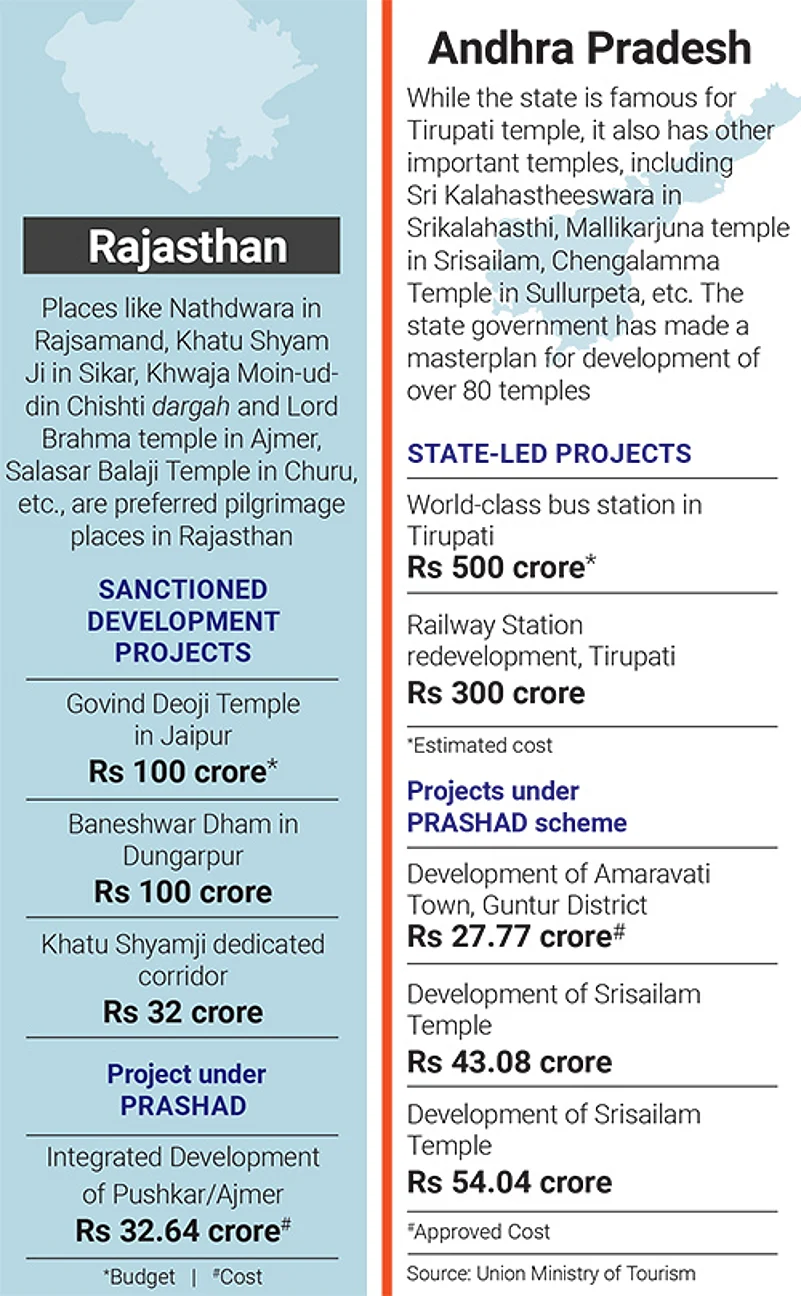
As per the 2022 OYO Cultural Travel Roundup Report, the pandemic-affected travel industry experienced a resurgence once the effect of Covid-19 subsided, which was propelled by a disproportionate surge in religious tourism in India. Varanasi emerged as the foremost religious destination. It was closely followed by Tirupati, Puri, Amritsar and Haridwar. This widespread interest in religious tourism indicates a nationwide trend, as cities like Shirdi, Rishikesh, Mathura, Mahabaleshwar and Madurai also emerged as prominent religious tourism hubs in the country. The OYO report notes an overall increase in bookings for all religious destinations. Varanasi, it says, saw a 56% growth, Tirupati an impressive 233% surge, Shirdi a remarkable 483% increase and Puri a substantial 117% rise in 2022 as compared to bookings in 2021.
Both state governments and the Centre have put emphasis on renovation of pilgrim sites, development of transportation systems around them, generation of employment through religious tourism and growth in its traffic. In fact, where the governments belong to opposition parties, there is a competition to take credit for the uplift of these sites. The Centre has largely depended on the high-profile projects, like the ones Modi inaugurated and the Pilgrimage Rejuvenation and Spiritual, Heritage Augmentation Drive (PRASHAD)—that it launched in FY15. Its next spectacle under the PRASHAD scheme is scheduled to open early next year in Ayodhya, where the Ram Temple, being built at an estimated cost of Rs 20,000 crore under the scheme, is likely to be inaugurated by Modi in a politically crucial event just before the General Election.
Deepak Dave, managing director of the Travel Corporation of India and chair of tourism committee, FICCI, says, “Spiritual tourism has always been the backbone of tourism in India. In the last 2.5 years, the middle class has earned sizeable disposable income and is spending it on visiting these places.” He says that there is a definite surge in religious tourism in the country, which bodes well for the entire tourism sector.
Yogendra Kumar Gangwar, joint director, Uttarakhand Tourism Development Board, who supervises the Chota Chaar Dham Yatra, told Outlook Business in June: “As per estimates, there is a jump of around 20% in the number of pilgrims visiting holy places, such as Kedarnath, Badrinath, Yamunotri and Gangotri. Just to give you a glimpse, over 26 lakh people visited the four dhams in the first 13 days of June.”
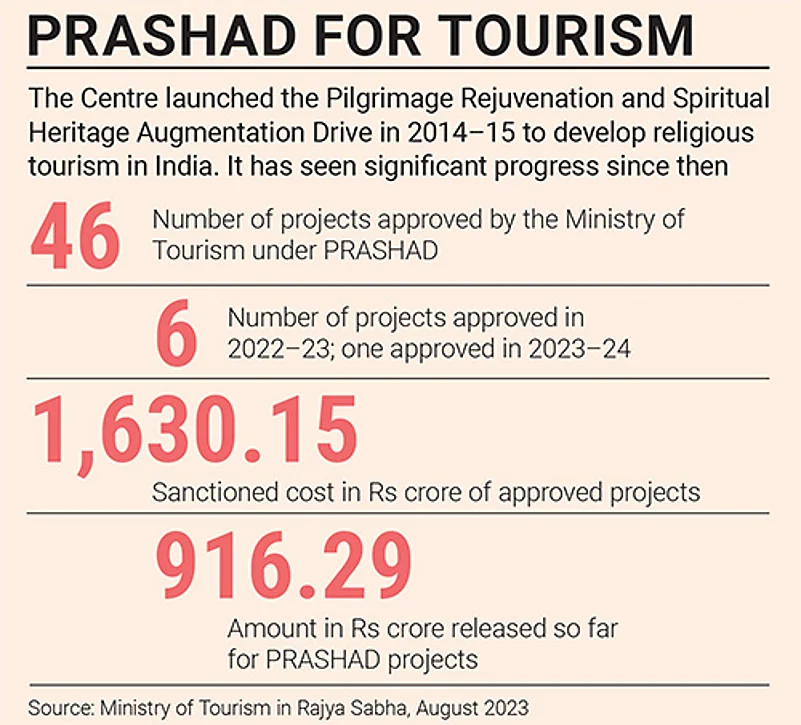
Connecting the Unconnected
Besides the improvement in infrastructure, efforts to enhance connectivity by way of special pilgrimage trains run by the Indian Rail Catering and Tourism Corporation, ropeways, helicopter services, etc. have been fuelling the growth of spiritual tourism in India.
Prakash Gaur, CEO of National Highways Logistics Management Limited, a 100% owned special purpose vehicle of the National Highway Authority of India, says, “We have plans to connect over 150 holy sites by ropeways. Currently, we have tendered the Varanasi Railway Station-Kashi Vishwanath Temple ropeway project at an estimated cost of Rs 800 crore. With this, people will reach the temple from the station in 15 minutes.” Other projects in the pipelines are for Kedarnath, Hemkunt Sahib, Shivkhori, Bijli Mahadev in Kullu district, Prayagraj Sangam, Mahakal temple, Srisailem, Trimbakeshwar temple in Nasik, etc., he adds.
While religious tourism has always been popular in India, adding the contemporary touch to it—by giving travellers something more, either in the form of amenities or as added attractions at the place, has proved beneficial for the local and national economy.





